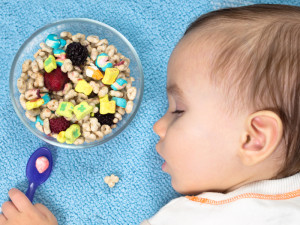Constipation in Babies when Introducing Foods
/In this video I answer a parent's questions about constipation in babies when introducing your baby to solid foods.
During weaning it's normal for infants' poop to change. I share what's normal, and what's considered constipation.
And, I share 4 food-realted ways that can help get things moving again.




 Recently a parent asked me this question: “How much cow’s milk to offer toddlers. Do you allow them to regulate/drink as much as they want or just fill the cup up once and then when it's empty that's it? Being only 17 months, he can fill up pretty quick on milk during the meal, but I also don't want to be taking it away. I would prefer to just allow him to self regulate, but not sure what to do once the sippy cup is empty.”
Recently a parent asked me this question: “How much cow’s milk to offer toddlers. Do you allow them to regulate/drink as much as they want or just fill the cup up once and then when it's empty that's it? Being only 17 months, he can fill up pretty quick on milk during the meal, but I also don't want to be taking it away. I would prefer to just allow him to self regulate, but not sure what to do once the sippy cup is empty.”
 {
{
 I shared this post previously with the
I shared this post previously with the 